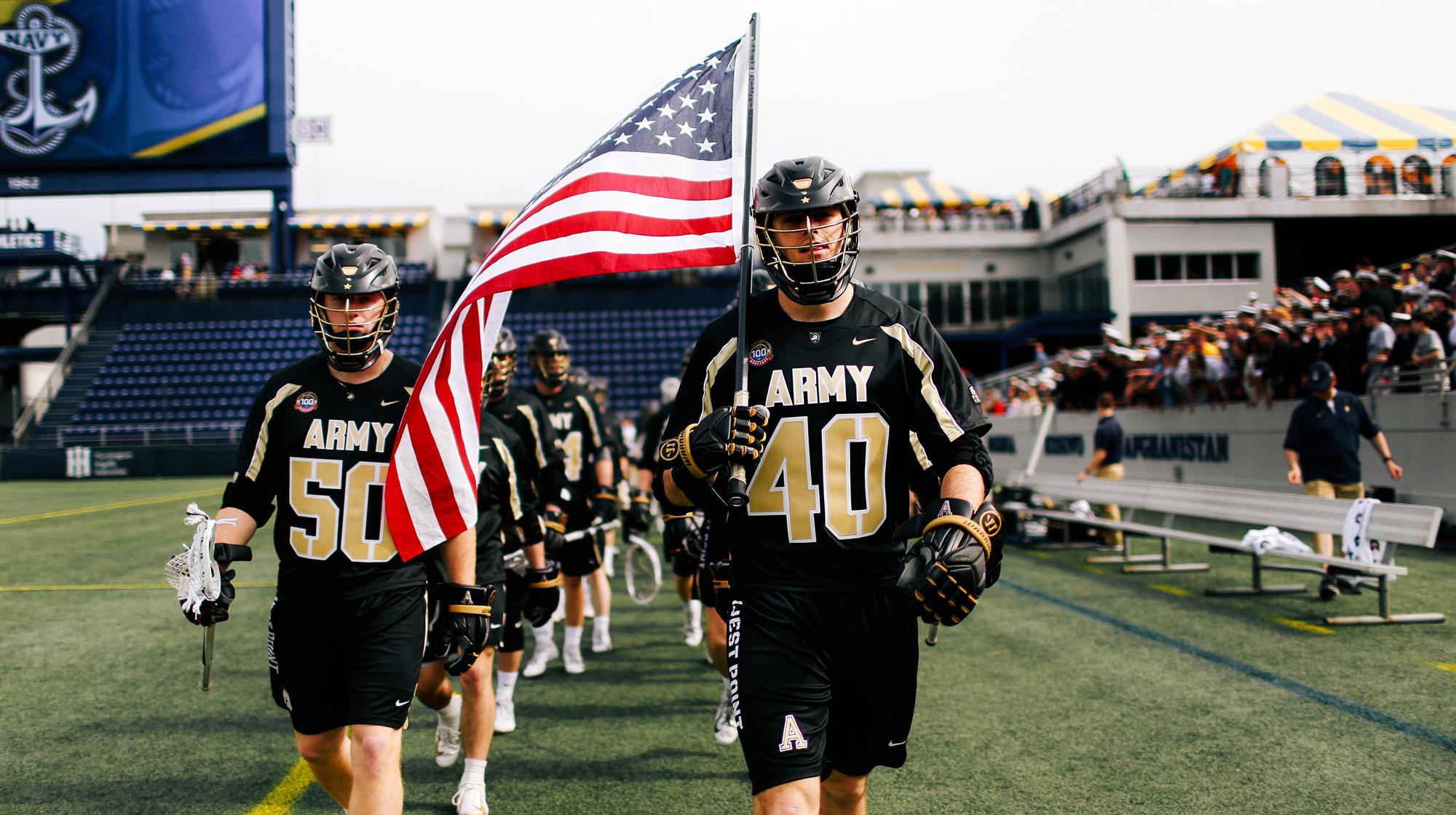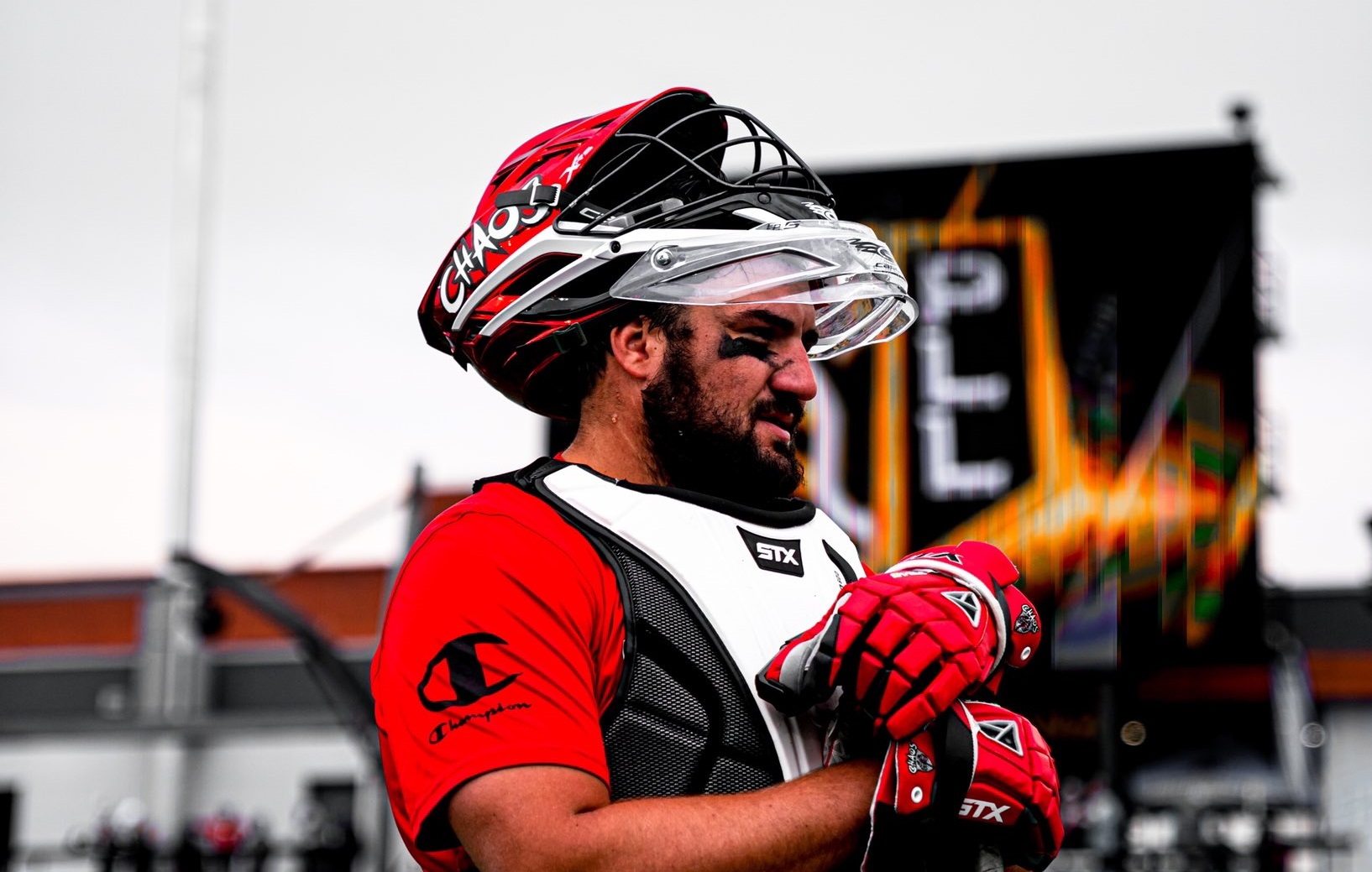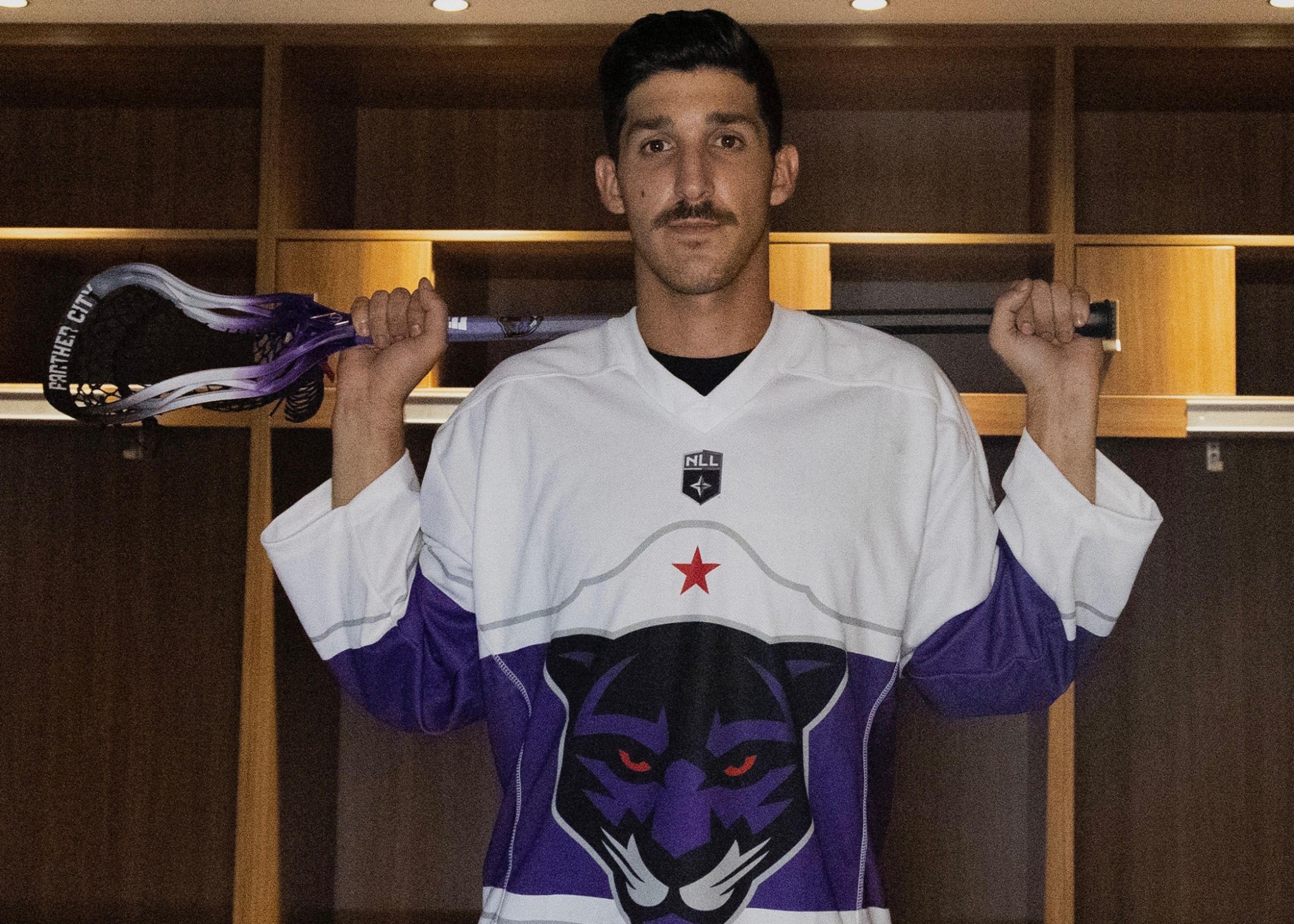The lacrosse community and military have always had strong ties. For instance, Memorial Day, a day set aside to honor those individuals that have been killed in action while serving their country like Navy SEAL Brendan Looney and Army Ranger Jimmy Regan, has a secondary meaning as the day a new NCAA lacrosse champion is typically crowned.
This intersection of lacrosse and honoring military members who made the ultimate sacrifice is not lost on current professional lacrosse players Matt Rees (Chaos LC), Greyson Torain (Chaos LC), Johnny Surdick (Chaos LC), Tom Rigney (Denver Outlaws), Chris Fennell (Chesapeake Bayhawks) and Miles Silva (Denver Outlaws). For many of them, it is the legacy of a loved one or an individual like Brendan Looney that inspired them to answer the call and embark on their own military journey. It is the act of service for a higher cause and sense of brotherhood that drives them—both in the military and lacrosse.
The Legacy of Brendan Looney
There are certain jersey numbers in sports that have higher meaning. College lacrosse fans understand the specialty of #1 at Maryland, or #22 at Syracuse. At Navy, the opportunity to wear #40 is the highest honor and recognition a player can get.
Anyone who laces up their cleats to play lacrosse knows the story of the man who wore that number, Lt. Brendan Looney.
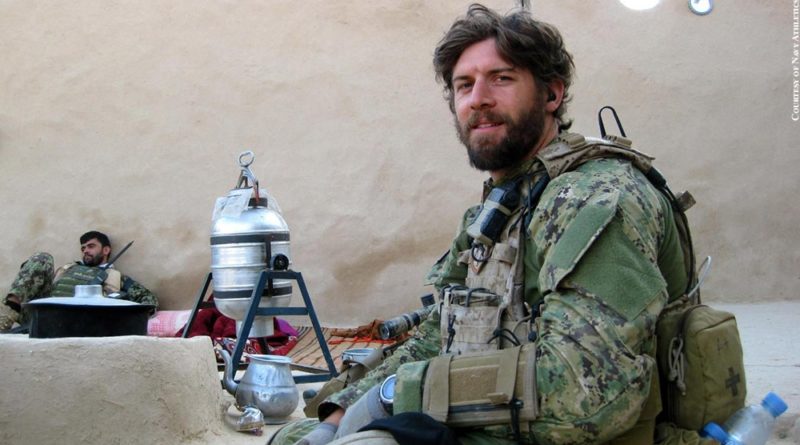
A 2004 graduate of the Naval Academy, Looney was a three year letter winner and a leader on the team despite not playing organized lacrosse until college. Originally a football recruit, Looney joined the lacrosse program in 2002 after leaving the football team.
After graduation Looney began serving in the Navy before transferring to the Navy SEALS. Looney graduated from SEAL qualification training in 2008, before shipping off to Iraq. While serving in Iraq, Looney was killed in a Black Hawk helicopter crash on September 21, 2010.
Looney’s dedication to his teammates, his country, and undefeatable work ethic made an impression that will never leave the Navy lacrosse community.
“BL40. More than just a man or a legacy, but rather a model of how to live your life,” Chris Fennell, a 2017 graduate of the U.S. Naval Academy, said. “From early on, we are ingrained with Brendan’s dedication and sacrifice. ‘If not me, than who?'”
“Hearing about [Looney] from the guys who were able to play with him gives you that extra gear. It makes you never want to quit,” Matt Rees, a 2017 graduate of the U.S. Naval Academy, said. “Early on as a freshman and sophomore, knowing you’ll have the opportunity to wear #40 gives you a good amount of extra motivation to work hard to stand out.”
While some highly sought after team honors typically go to the best player on the team; the #40 jersey is given to the hardest working player, as voted on by the players.
“It could go to a guy who doesn’t ever step on the field in the season, but everyone knows what it means,” Rees said. “Whoever wears that number is someone that’s always the hardest worker, always going 110%, always challenging their teammates to be better and pushing them.”
Looney’s impact in the lacrosse world doesn’t stop at Navy. A graduate of DeMatha High School in Baltimore, MD, his legacy and memory rings true to those who attend DeMatha, and especially those who move on to serve in the military like Johnny Surdick and Greyson Torain.
“Going to DeMatha, there are a ton of guys who have gone to the Naval Academy. You’re always in downtown Annapolis and you see those guys and you see how they act and that was one of the reasons that I looked up to the guys who had gone to DeMatha and gone to the Naval Academy,” Torain said on the Pro Lacrosse Talk podcast. “Guys like Brendan Looney who was a Navy lacrosse guy and also a DeMatha guy. Those guys you used to look up to and make you decide to go there.”
“At DeMatha, his legacy is everywhere, especially on the lacrosse field. It gets really nailed into your head. It’s that never take a play off mentality,” Surdick said. “When you find yourself wondering if you really want to go hard during this ground ball drill you think “Would Brendan take a play off?” That guy wouldn’t. He never took a play off.”
Two years into his college career at Army Surdick was presented a chance to honor Looney’s legacy again, by wearing his #40 for the Black Knights.
“When it [#40] came open, I jumped on it right away. It was a constant reminder to me when I was struggling during January practices in the snow, I’d look down and see that number. I’d remember I was playing for something a lot bigger than myself,” Surdick said. “It meant a lot to me to be able to honor his legacy by wearing that number.”
Looney’s legacy and memory continues to live on through those tributes at DeMatha and Navy among others.
“The more you learn about him and his family the more I have understood that the lessons from Brendan’s life transition well past the lacrosse field,” wrote Fennell from the Naval ship where he is currently serving. “Brendan has always been a driving force for myself and Navy lacrosse as a whole.”
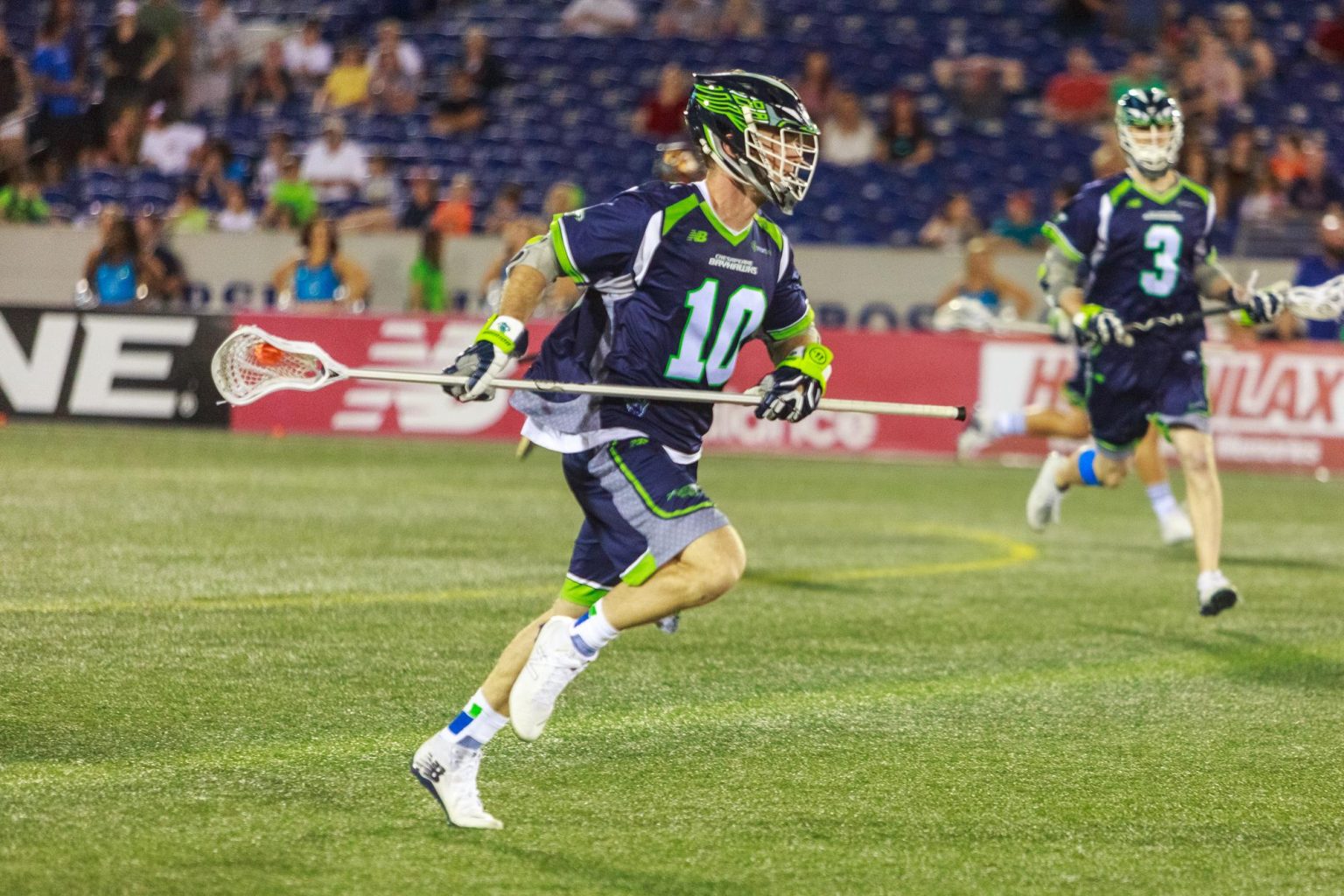

Finding Their Path to the Service
For Miles Silva of Major League Lacrosse’s Denver Outlaws, the chance to serve in the military is one he’s planned on and looked forward to his entire life.
“Both my parents went to West Point and were athletes there,” Silva said. “I’ve just grown up watching West Point athletics and it’s where I’ve always wanted to go.”
Silva’s teammate at West Point, Tom Rigney didn’t plan from a young age to attend West Point, but was hooked once he visited. The Virginia native committed after his sophomore year of high school.
“I’ve always been raised and taught to help people,” Rigney said. “Going to West Point and being in the Army gave me a chance to help people as well as a lot of other great opportunities moving forward, like seeing other places I’ve never seen before.”
Growing up in the shadow of Fort Meade, Johnny Surdick, like Rigney, didn’t originally plan for his path to lead to the armed forces. But the legacy of Brendan Looney pushed him in that direction.
“Something in the back of my mind from being around and knowing what he [Looney] did led me to the Service Academies,” Surdick said. “I really didn’t know much about the service academies beforehand.”
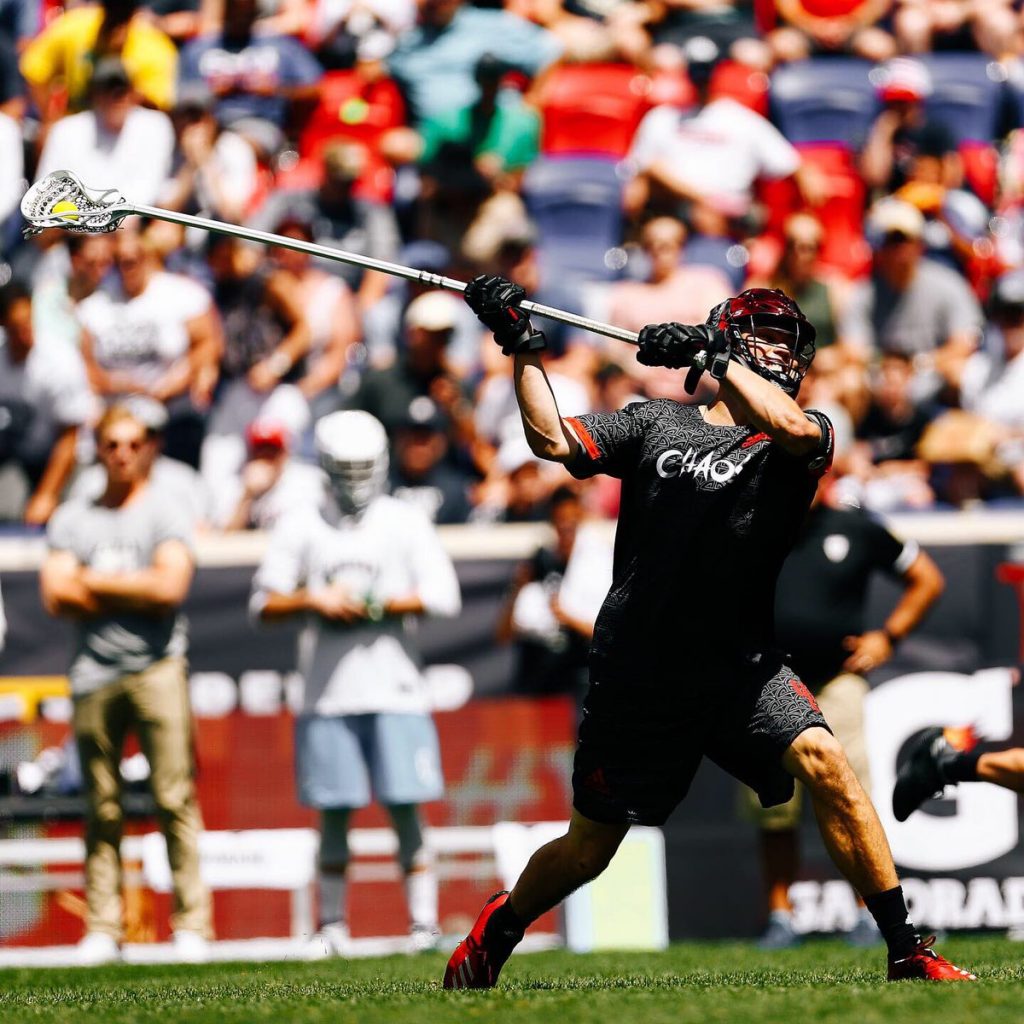
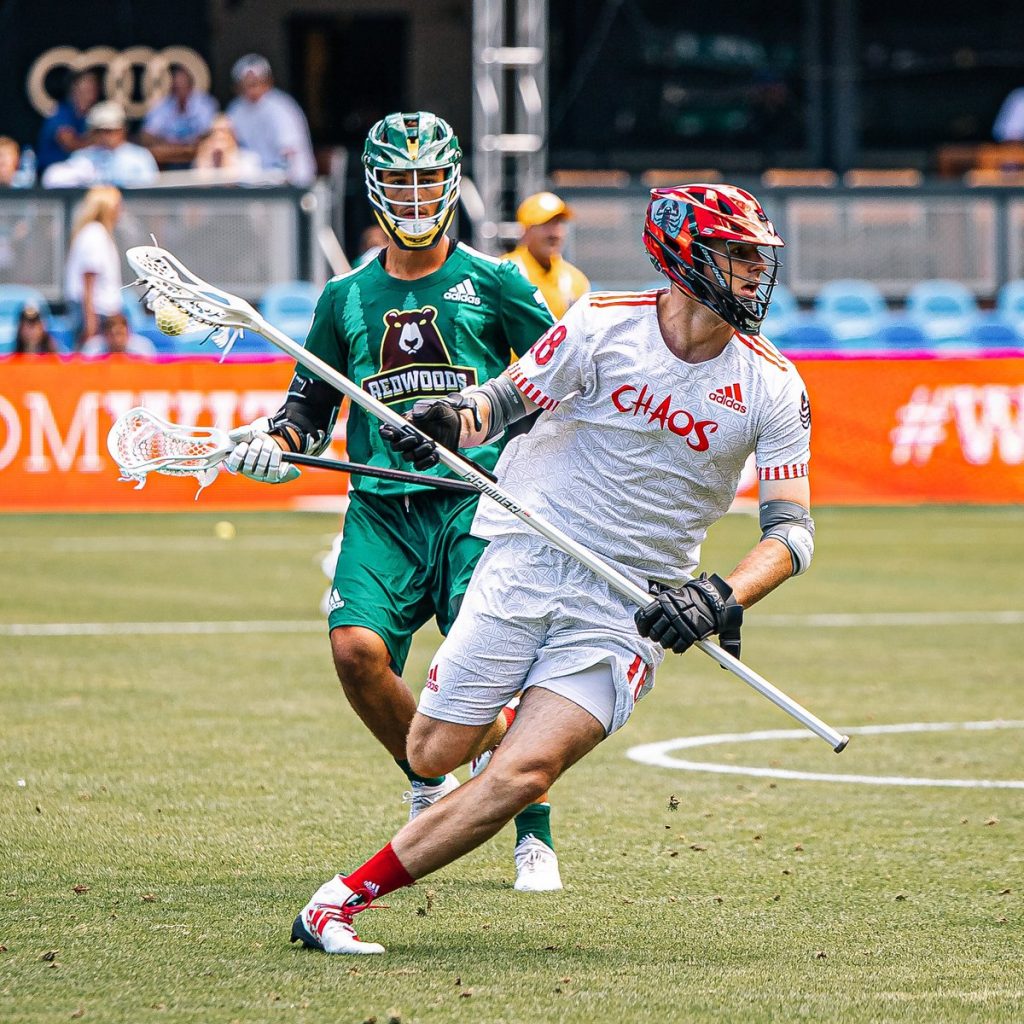
Even though he grew up less than an hour from the Naval Academy and his father played for the Midshipmen, the Chaos’ Matt Rees didn’t always feel destined for Annapolis.
“I honestly didn’t want to go there for the longest time,” reflected Rees. “I always grew up going to the Navy camps in the summers and enjoyed them, but I didn’t plan to go there all along.”
Those summers attending camps in Annapolis and a chance to continue his lacrosse career at the next level, while joining the Navy “brotherhood” changed Rees’ mind. He committed to Navy after his sophomore year of high school.
No matter what the reasoning that directed the players to either Army or Navy, there was one thing that stuck out and pushed them while they were there: the culture and brotherhood.
“I think anyone will tell you the same thing. Once you get around the team and that locker room it really just draws you in,” Surdick said. “It just embodies family, which is one of the words we used a lot up there. Seeing that just pulls you right in, and I knew that was the place for me.”
While Silva had dreams of West Point prior to his visit, he said his first time on campus had him hooked as well.
“It’s a brotherhood. From the time you go on your first visit to after you graduate you’re a part of that family,” Silva said. “We have three words that we always say. Family, Toughness, Tradition. It’s second to none at West Point. Everyone who walked in your shoes before you, whether they’re generals or CEOs in the civilian world, is offering to help to make sure you’re successful.”
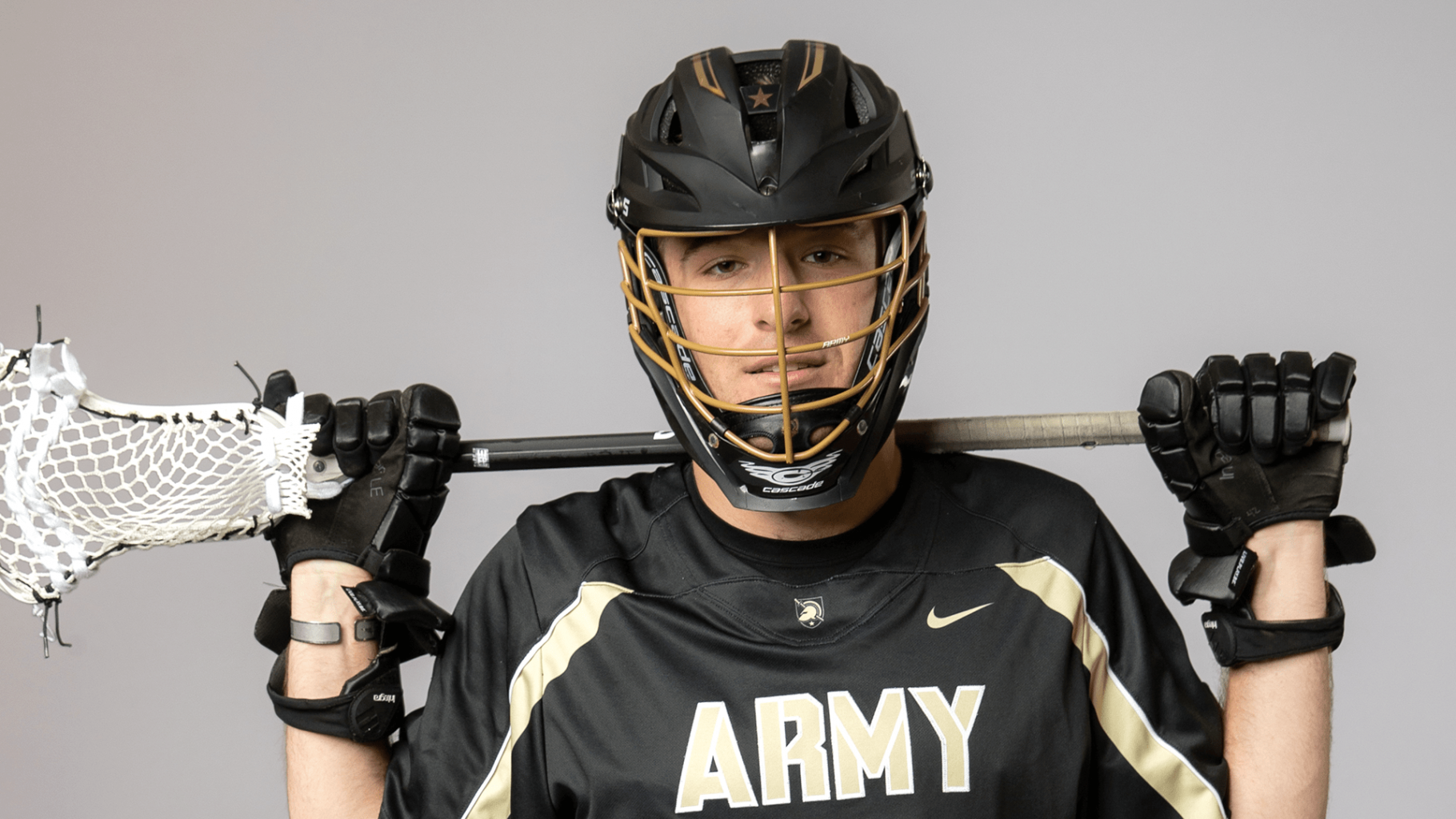

Rigney echoed the sentiment.”It’s just a close knit, extremely driven group of guys. We’re always pushing each other to be the hardest worker and best that we can be.”
“At Navy during your freshman and sophomore years, you’re essentially tied to the grounds,” Rees said. “So during that time you’re all learning about and dealing with the same stuff and it makes you really close. It’s truly a brotherhood. We all are going through the same challenges, but you find that time to put the extra work in.”
Those challenges are learning and bonding opportunities for athletes as they step on campus. Adjusting to life as a student at either Navy or Army is challenging enough for some, let alone adding the responsibility of a Division I athlete.
“It was a bit of a culture shock for me,” Rees reflected on his first year at Annapolis. “The school load and the school work is tough enough, but learning to balance your time was a huge challenge. You’re up at 5:00am or 5:30am each day for lacrosse, then school 8:30am-3:30pm and then back to lacrosse after that. It’s not easy.”
Hardships and adversity are to be expected when you’re going through programs like those at the service academies, but there is a reward at the end.
“You’re going through a lot of adversity right from the first summer. But you’re doing it with the guys that will be your teammates, and that builds an early bond unlike any other place,” Surdick said. “The first year was rough for me. I didn’t allocate my time well. But in the end my mindset in college really prepared me well.”
Mile Silva learned the same time management lesson that both Rees and Surdick had very early on.
“You learn to quickly balance your schedule. You’ve got the same course load, same military responsibilities as everyone else, but you have a responsibility to your teammates as well,” Silva said. “The support of everyone goes a long way to making sure you are able to get things under control and finding time to be prepared.”
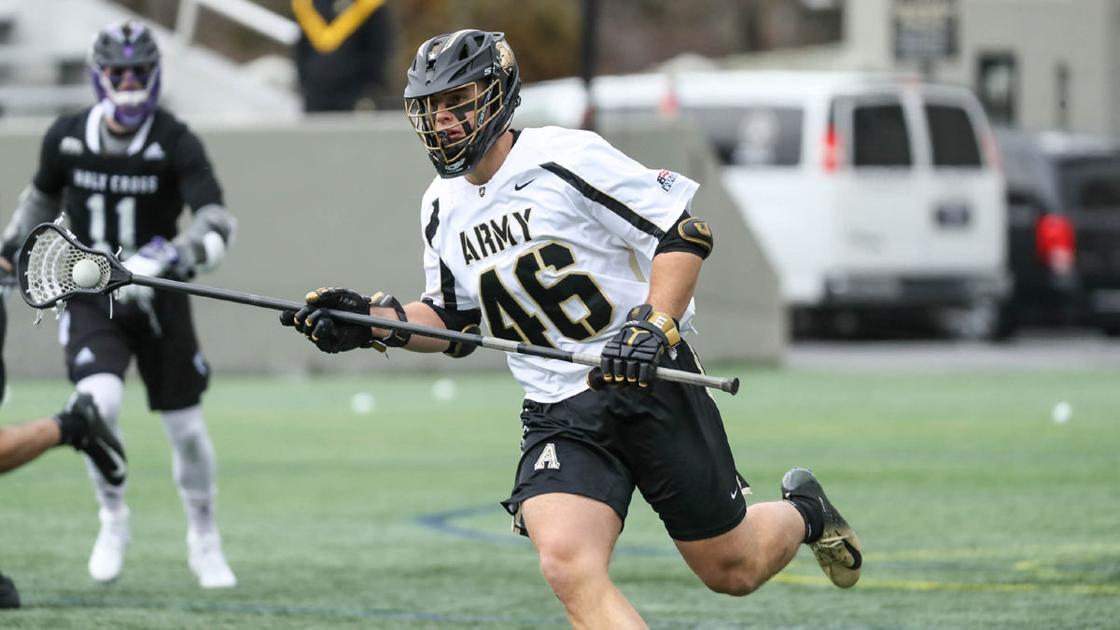
Those time management skills rolled perfectly into life as a professional lacrosse player. While Silva and Rigney have yet to step on a professional field, they’ve already received a great deal of encouragement from those who have tackled the split responsibilities, such as Surdick and Rees.
“There’s certainly a lot of challenges,” chuckled Rees. “Being out to sea, you don’t exactly have a lot of great spots for wall ball, especially with a long pole. It goes back to that schedule balance and making the most of what you have.”
For these players, the support from the military has made the option to play lacrosse while serving their country a reality.
“Talking with some guys like Johnny (Surdick) and others the Army really promotes and boosts the ability to do both. The commanders and higher ups understand the opportunity we have to play at the highest level, while still fulfilling our duty to the country,” Silva said.
“It’s good to have other guys in pro lacrosse who are going through the same thing,” Rees said. “It helps because there’s certain things we can all relate to and talk about when we need to.”
While the common bond that the military provides will certainly help these six players as they prepare to compete for a championship in their respective leagues, the sense of brotherhood that the military instills and legacy of those who have come before them is sure to influence them long after their playing days are over.
Subscribe to and rate the Pro Lacrosse Talk podcast:

